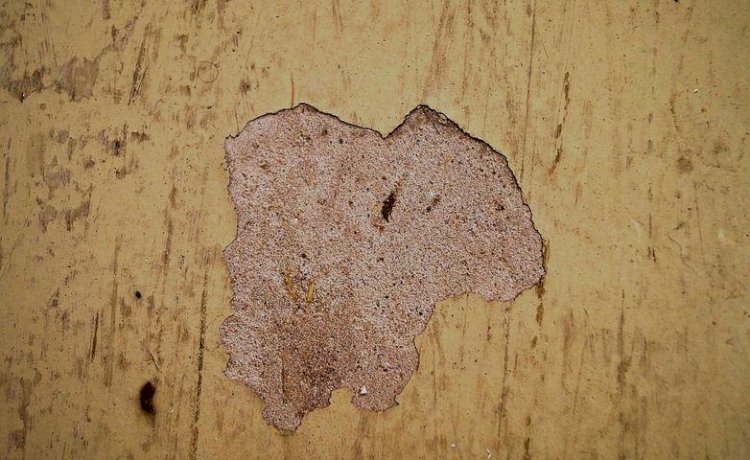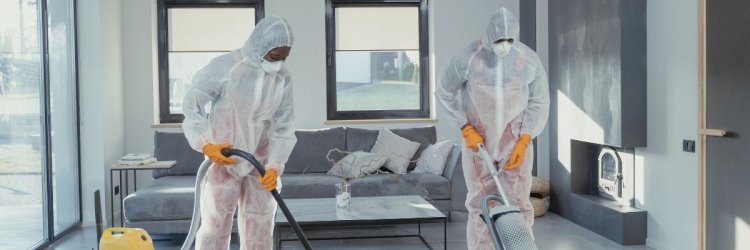Structural Defects Found During Building Inspection
There is hardly any construction property that contains no structural defect. Often there lies some cosmetic imperfections that arise in any home where people live in.

Most of the time, these things can be easily detected and rectified. However, there can be ‘more significant’ and hard-to-detect issues that are almost undetectable to untrained eyes. That’s why you need a professional building inspection specialist. Here White Building Reports discusses some of the structural defects, major defects,s and minor defects, and how to identify them.
What Are The Structural Defects?
Structural defects are considered as ‘fault’ or ‘deviation’ from the standard structural performance of a building element.” These structural defects can be classified as both ‘minor’ or ‘major’ defects and can include anything from minor cracks and wall dents to potentially bigger electrical or gas issues.
Here we have listed some of the most commonly found structural defects in Australian homes during a building inspection.
- Common Structural Defects
Knowing how to categorize structural defects will help you make better decisions when purchasing a property. In addition to helping, you estimate the cost of future repairs, identifying building defects can help prevent tragedies.
- Exposed Gaps Between Walls
Gaps between walls are commonly caused by sagging floor joints due to the large distance between the supporting pillars or termite infestation. Wall gaps can also be the result of faulty foundation in which the ground moves and affects the house’s entire structure.
- Cracks On Ceiling and Walls
Cracks on the walls and on the ceiling are not always serious but they always merit a closer inspection by a professional. If you start seeing cracks on the walls or ceiling, take note if it gets worse over time.
- Uneven Floors
This kind of construction flaw varies in severity and doesn’t always require immediate action. Uneven flooring can be the result of improper construction or improper settling of the foundation. A professional contractor’s expertise is needed to resolve the issue. Other possible causes for uneven floors are cracked floor joints, termites, and insufficient sub-floors.
- Warped Ceilings
Multiple cracks, warped and sagging ceilings, or damaged cornices are usually caused by rainwater sitting on the ceiling wall. This can be due to a damaged roof or gutter. This type of structural damage requires immediate attention to prevent further deterioration.
- Crumbling Concrete
Exposure to moisture and chemicals (like salts and chloride) can cause a chemical reaction in the concrete. This will cause crystals to grow and expand, and ultimately destroy the bond between the materials. Often, mortar erosion is seen in the lower portion of the brickwork below the damp coarse or waterproofing membrane. This indicates that further issues need to be identified.
- Termites
Timber pests and termites may be small but the damage they can cause in your house can be enormous. They are fond of the wet foundations, damp floors, and moist crawlspaces your house can offer. These conditions may be caused by leaking taps, broken pipes, water tanks, or other plumbing issues
These critters can destroy any wood elements in the structure, including pillars and walls. Any sign of termite infestation must therefore be taken seriously.
Get Your Property Professionally Inspected
In order to properly assess the damages in a building that you are planning to buy, it’s best to book a professional pre-purchase building inspection to detect any major defects. A qualified building inspector will be thorough in examining the damages and their detailed building inspection report will provide you with an honest assessment of the property’s condition and value, and can save you thousands of dollars in the long run.
Share
What's Your Reaction?
 Like
0
Like
0
 Dislike
0
Dislike
0
 Love
0
Love
0
 Funny
0
Funny
0
 Angry
0
Angry
0
 Sad
0
Sad
0
 Wow
0
Wow
0

















